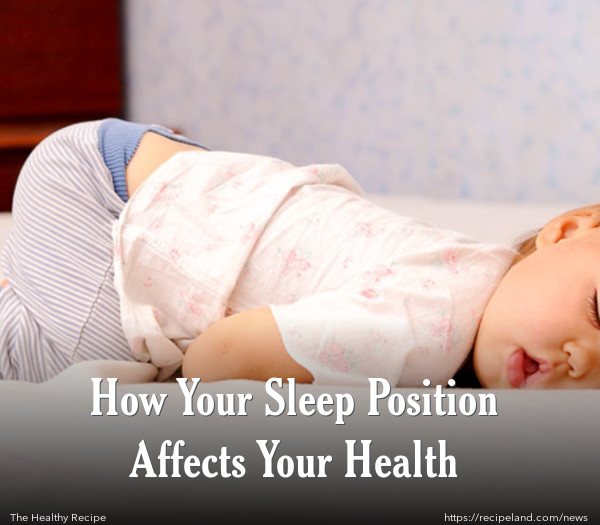Most people are concerned with how much sleep they get, and staying on a healthy schedule. But, you might not realize that the position that you sleep in may be important for your overall health. Many people build sleep habits and stick to the same position, not realizing that there may be health conditions that could be related to that.
If you are sleeping in a position that affects your body’s ability to function and recover, then it doesn’t make a difference how long you sleep, you are not going to feel great when you get up in the morning. It is critical that you maintain the integrity of your spine while you sleep.
If you talk to most chiropractors, they will explain to you how the spinal cord is directly connected to every major organ in your body. Compromising your spine while you sleep can lead to major health problems, or even a disconnect between your brain and body.
There are really only a few basic body positions for sleeping. Let’s focus on the three most common positions and how you can change your sleep style to get your body in the best position on your back, stomach, or side.
1. Get on your back.
Most experts advise people to sleep on their back for best body function. This may be the right answer for several reasons. First, your spine is in an ideal position. Also, there is less probability of digestive problems or acid reflux when you sleep on your back. Sleeping on your back is also the best beauty sleep, since the skin on your face is able to breathe and not be smothered in a pillow, and this can decrease the risk of developing wrinkles.
The major problem with sleeping on your back is that it can increase the likelihood of snoring and increase the risk of sleep apnea. When you sleep on your back, the base of your tongue may collapse and obstruct your breathing. Those who carry extra weight are at the highest risk.
2. Sleeping like a baby.
Many babies prefer the comfort of sleeping on their stomachs. Although experts are now recommending that babies sleep on their back, sleeping on our stomachs can activate certain nervous system functions from the time we are infants until we are fully grown. This is related to engagement of certain pressure points. The comfort that we get as infants sleeping on our stomachs is often extended into adulthood, and many adults feel most comfortable sleeping in this position.
But, if you do choose to sleep on your stomach, it is important to understand the body mechanics and ensure proper spinal position. Instead of lying face down with your arms and legs straight, make sure that you are keeping your lumbar spine properly supported.
3. Take a side.
Side sleeping is the most common position, and that is a good thing since it is the healthiest position for sleeping. For humans, sleeping on our sides simulates the position we held in the womb, the fetal position. Side sleeping enhances development and brain function. It is also the best position for reducing snoring and risk of apnea. It can also help with heartburn and reflux.
The major downsides come when you hold the position for too long and end up having your arms or hands fall asleep because you have restricted the blood flow. To prevent this, make sure you are keeping your head and neck in a neutral position with regard to your spine and avoid propping your head up too high on your pillows.
How you sleep can affect your health, so learn more about your favourite sleeping position and make sure you are doing the best you can.










Comments